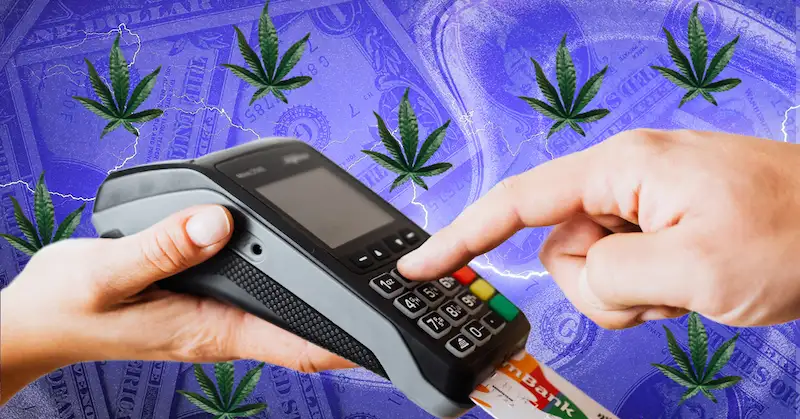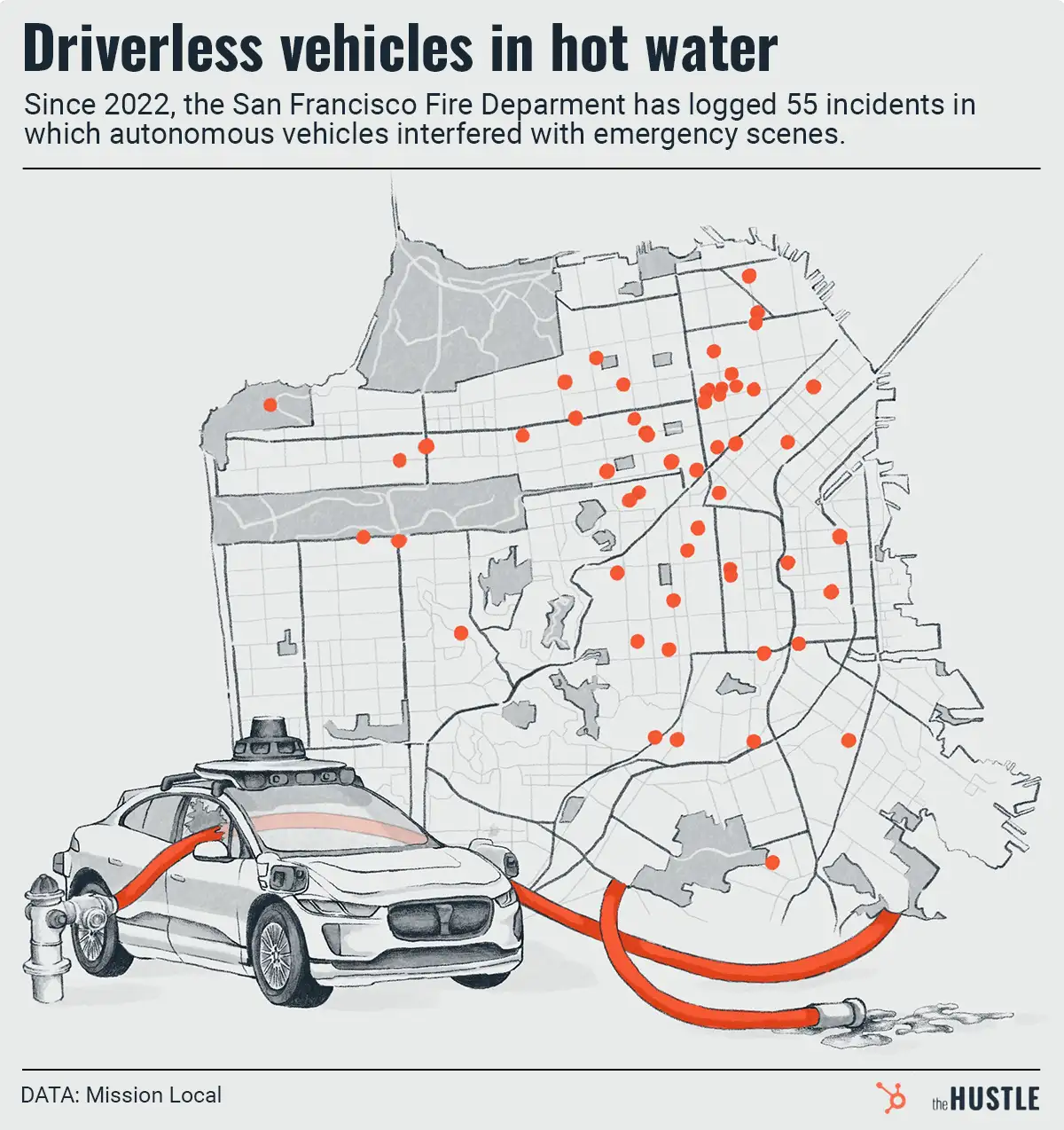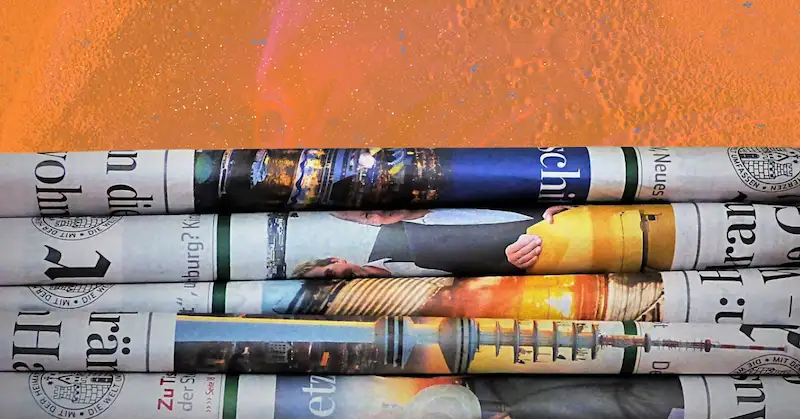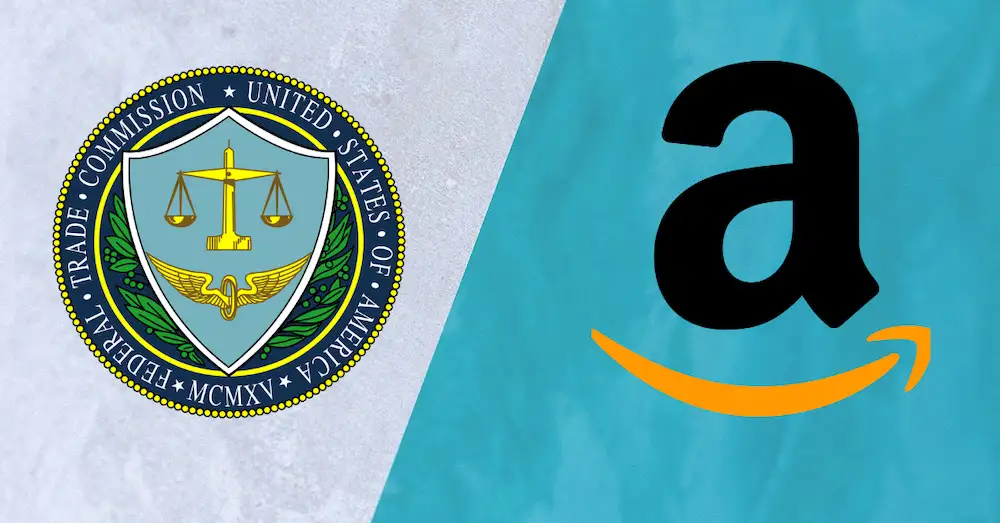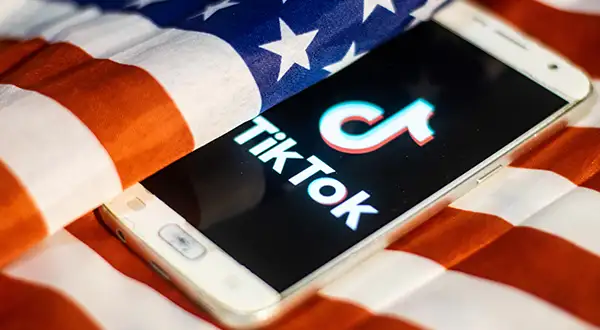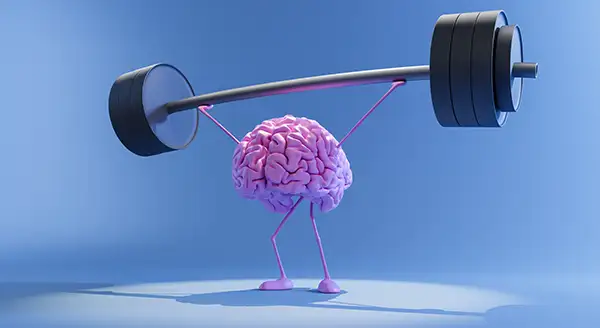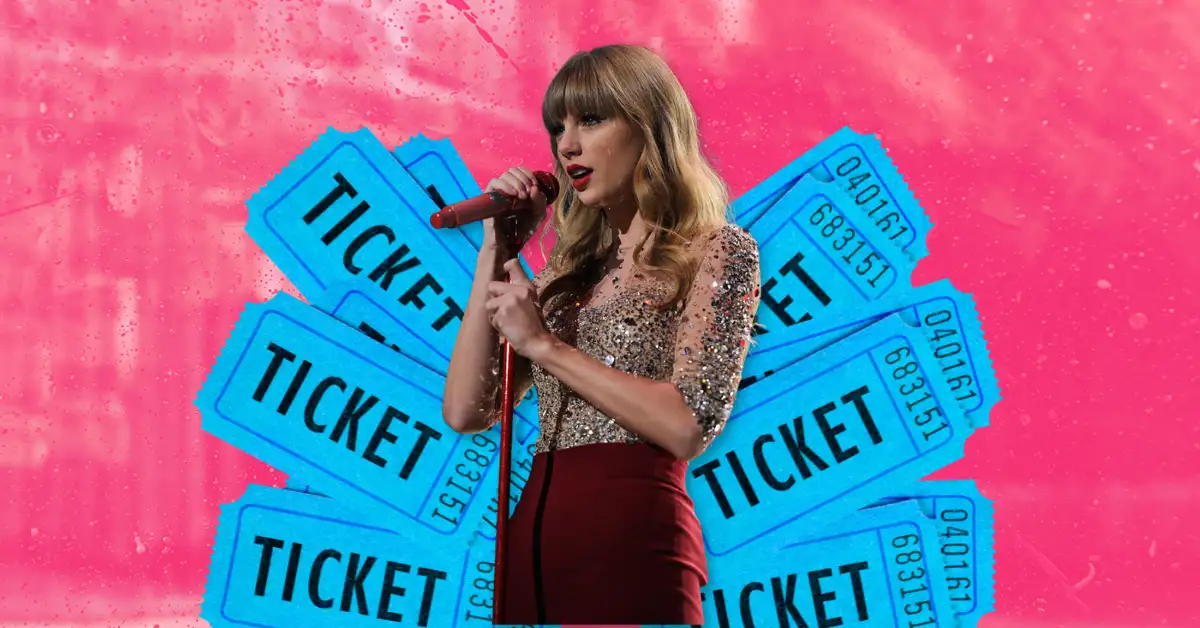Early in February, a 90-year-old LA man did something we’ve all dreamed about: He spent $10k buying a WSJ ad to call out AT&T’s CEO on the company’s shoddy internet speed.
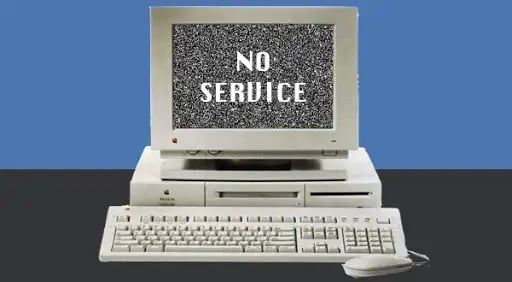
Unsurprisingly, it went viral.
The story serves as a reminder of America’s broadband challenges at a time when internet speeds are more important than ever.
Even so, slow internet was a pre-pandemic problem
About 14.5m Americans lack access to broadband speeds of at least 25/3 Mbps (download/upload), which is hardly enough to sustain a family with Zoom in one room, Teams in another, and Bridgerton on downstairs.
It’s a divide that mostly falls along urban-rural lines: While 78% of the US has access to speeds of 100/25 Mbps, only 30% has access to affordable plans at those speeds.
Now, the government’s dead serious about solving this
The broadband issue is, for the most part, a super-rare instance of bipartisan agreement in 2021:
- In Nebraska, 11 bills have been introduced to widen broadband access.
- Texas state senators are working to build a Broadband Development Program.
- Ohio Gov. Mike DeWine’s budget proposal included $210m for improving broadband access.
December’s federal COVID relief bill wrapped in $7B for broadband programs — and this month, the House Energy & Commerce Committee advanced $7.6B in funding to improve internet access for students and teachers.
New tech could also bring some fresh changes
The FCC plans to update the agency’s long-criticized broadband maps to help better identify regions without proper internet access.
Also in the mix is SpaceX’s internet-beaming satellite project, Starlink. In December, the FCC awarded SpaceX $886m in subsidies to help bring high-speed broadband to rural areas.
One group of people not happy about this: astronomers. The satellites can mess with telescopic observations by making them look like this:


